双指针算法分为两类:第一类指向一个序列(更多的情况),第二类指向两个序列。
基本的代码框架是:
for (i = 0, j = 0; i < n; i++)
{
while (j < i && check(i, j)) j++;
// 每道题目的具体逻辑
}核心思想:运用单调性等性质,将的算法优化到
。
种类:快排的划分、归并排序的归并、KMP算法等。
第一类:指向一个序列
题目链接:
https://www.acwing.com/problem/content/801/
题解:
遍历区间,对于每一个i,找到最左边的j,使得[j, i]区间中的数不包含重复元素。满足单调性,可以使用双指针算法。
代码:
#include <iostream>
using namespace std;
const int N = 100010;
int n;
int a[N], s[N];
int main()
{
cin >> n;
for (int i = 0; i < n; i++) cin >> a[i];
int res = 0;
for (int i = 0, j = 0; i < n; i++)
{
s[a[i]]++;
while (s[a[i]] > 1)
{
s[a[j]]--;
j++;
}
res = max(res, i - j + 1);
}
cout << res << endl;
return 0;
}第二类:指向两个序列
题目链接:
https://www.acwing.com/problem/content/802/
题解:
对于有序数组中的每一个数A[i],在B数组中找到最左边的数B[j],使得A[i] + B[j] >= x。基于这一思想,i从1到n遍历,j从m - 1到0遍历,利用单调性,使用双指针算法,找到第一个满足条件A[i] + B[j] == x的数对即可。
代码:
#include <iostream>
using namespace std;
const int N = 100010;
int n, m, x;
int a[N], b[N];
int main()
{
scanf("%d%d%d", &n, &m, &x);
for (int i = 0; i < n; i++) scanf("%d", &a[i]);
for (int i = 0; i < m; i++) scanf("%d", &b[i]);
for (int i = 0, j = m - 1; i < n; i++)
{
while (j >= 0 && a[i] + b[j] > x) j--;
if (a[i] + b[j] == x)
{
printf("%d %d\n", i, j);
break;
}
}
return 0;
}补充题目链接:
https://www.acwing.com/problem/content/2818/
题解:
从左到右遍历a序列,从b序列中找到与a序列相等的数字,找到所有a序列的匹配,则可以输出Yes,否则输出No。
代码:
#include <iostream>
using namespace std;
const int N = 100010;
int n, m;
int a[N], b[N];
int main()
{
scanf("%d%d", &n, &m);
for (int i = 0; i < n; i++) scanf("%d", &a[i]);
for (int i = 0; i < m; i++) scanf("%d", &b[i]);
int i = 0, j = 0;
while (i < n && j < m)
{
if (a[i] == b[j]) i++;
j++;
}
if (i == n) puts("Yes");
else puts("No");
return 0;
}

![[NOIP2016 普及组] 回文日期](https://img-blog.csdnimg.cn/direct/c0495f9f05004418816f008697a54536.png)
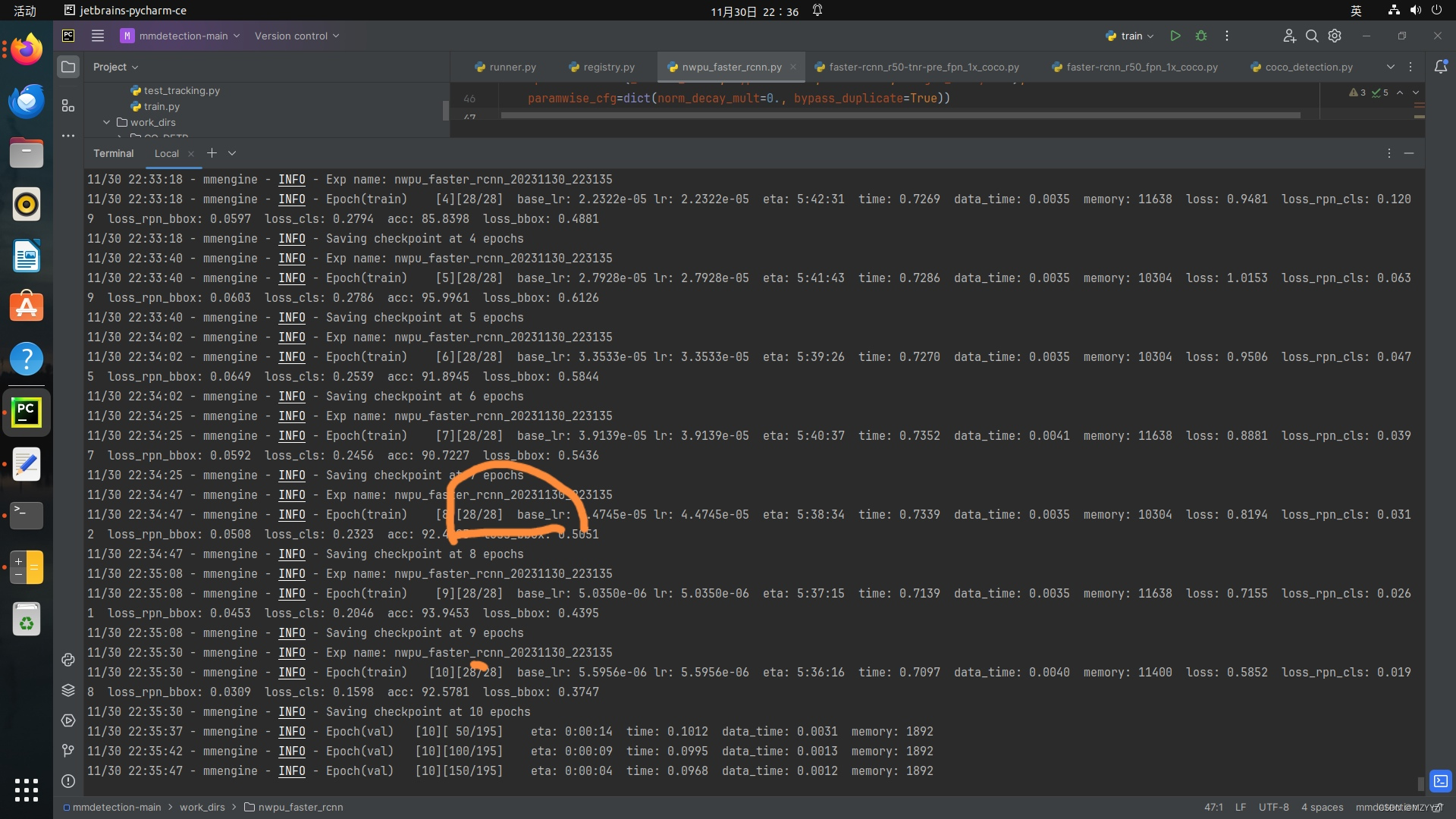





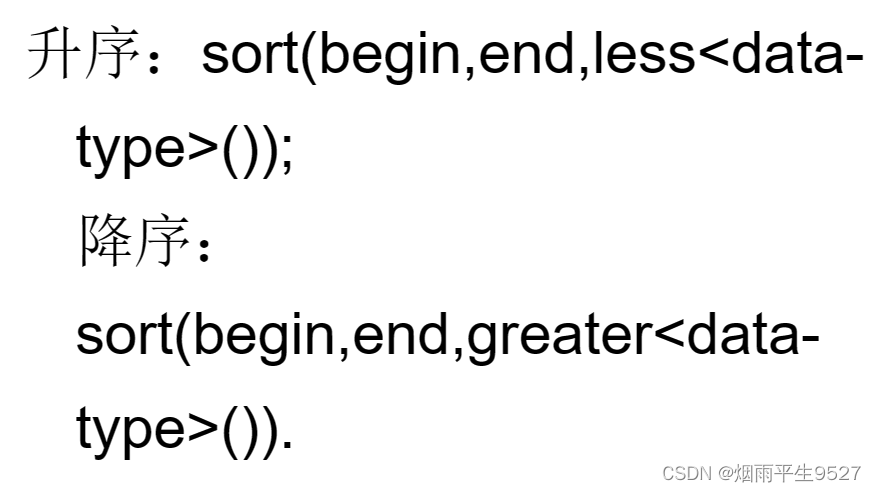
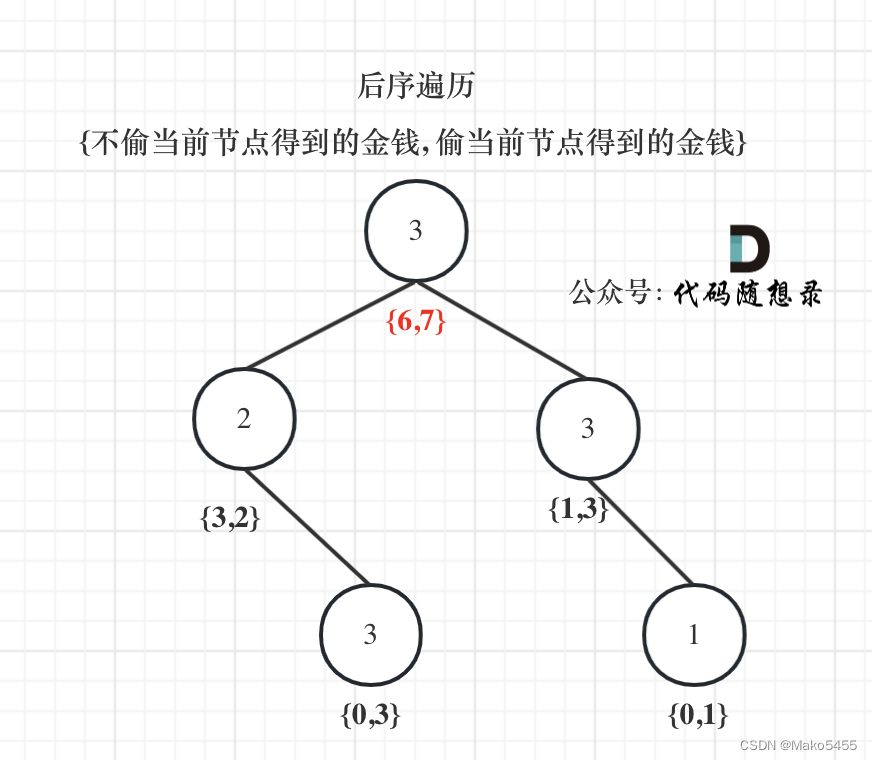
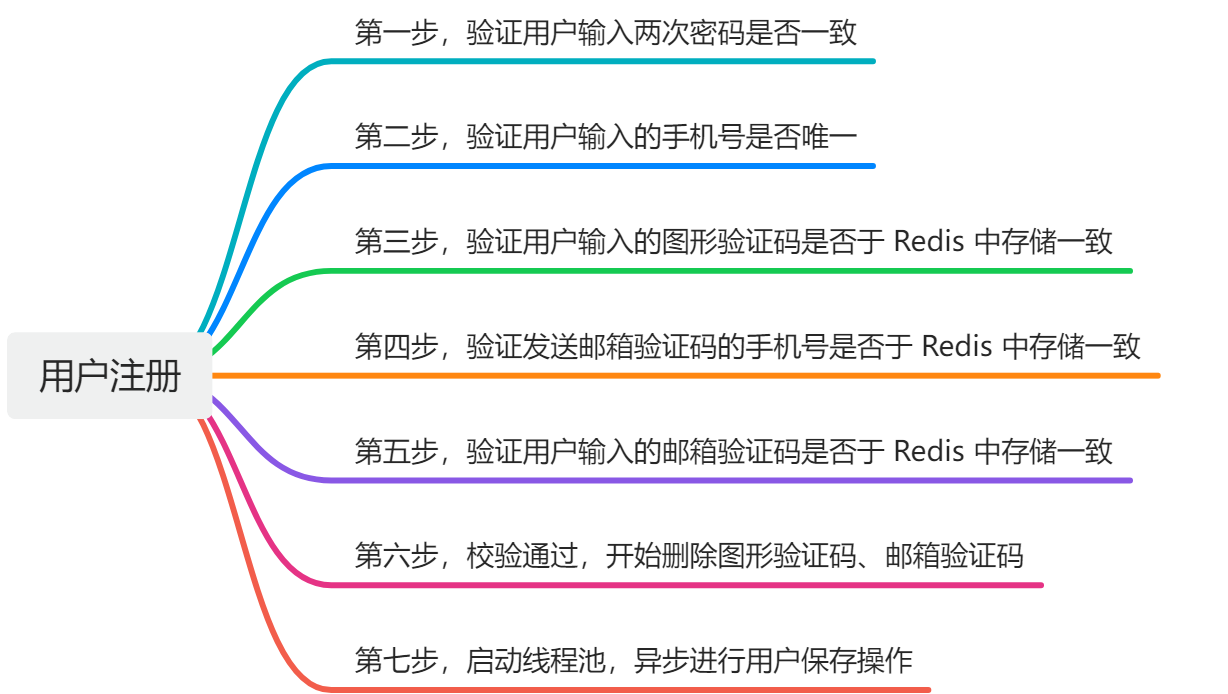

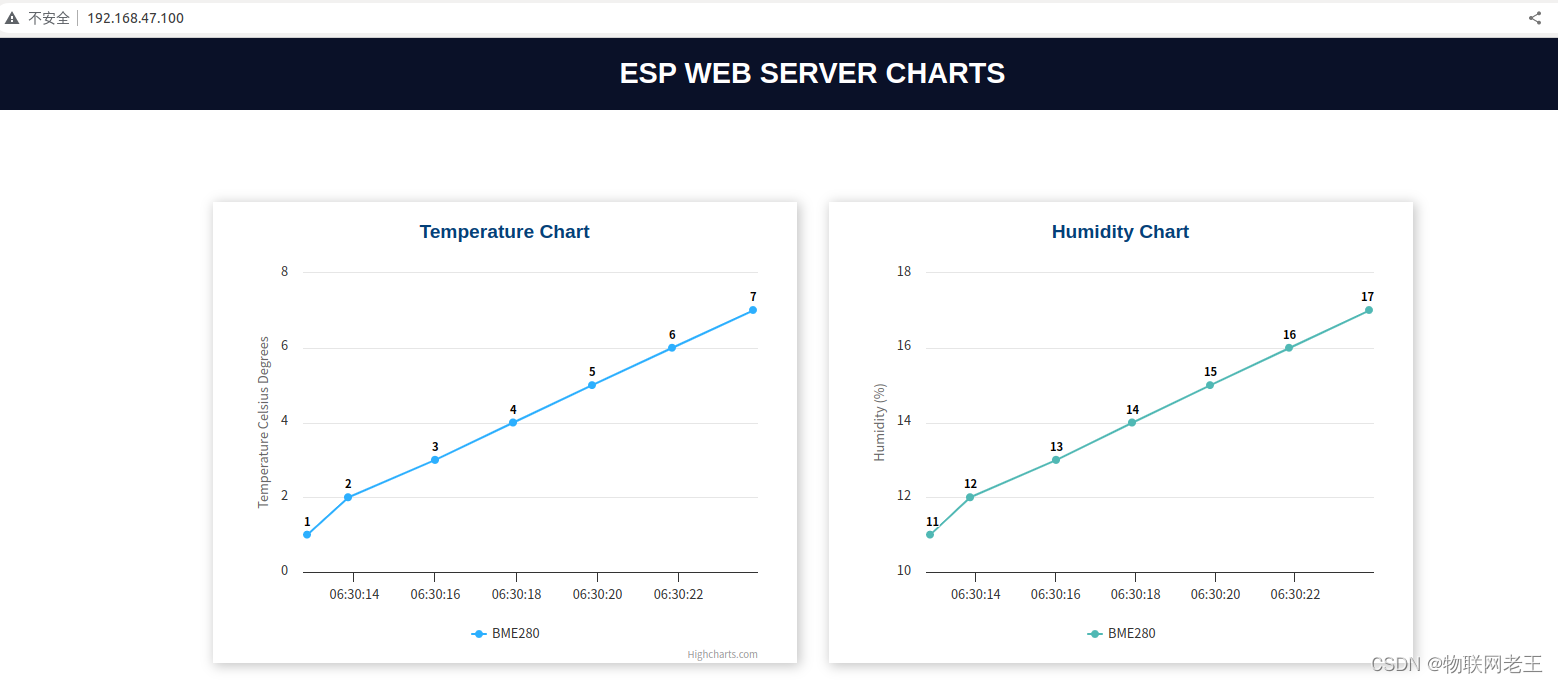

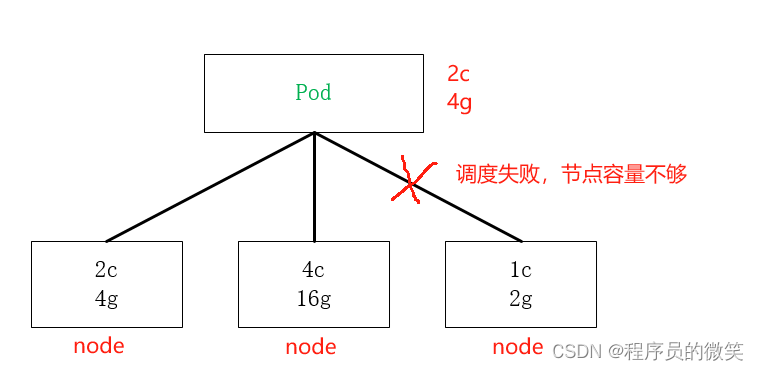

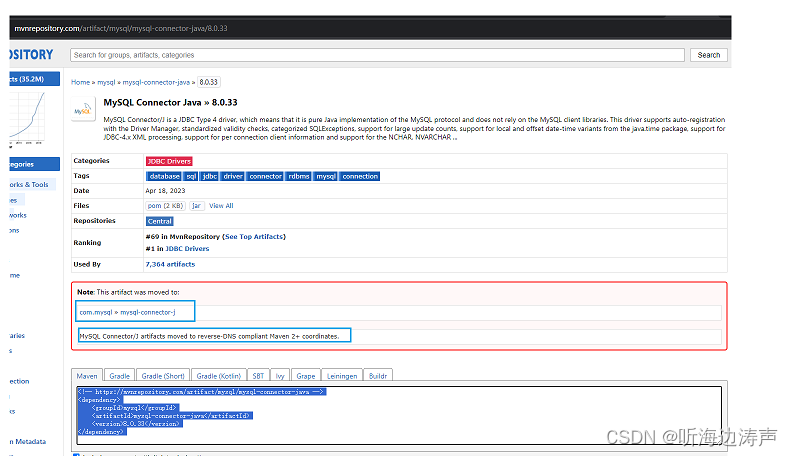

![Mybatisplus同时向两张表里插入数据[事务的一致性]](https://img-blog.csdnimg.cn/direct/fd1514bd194f41afbed78da7a890efaa.png)